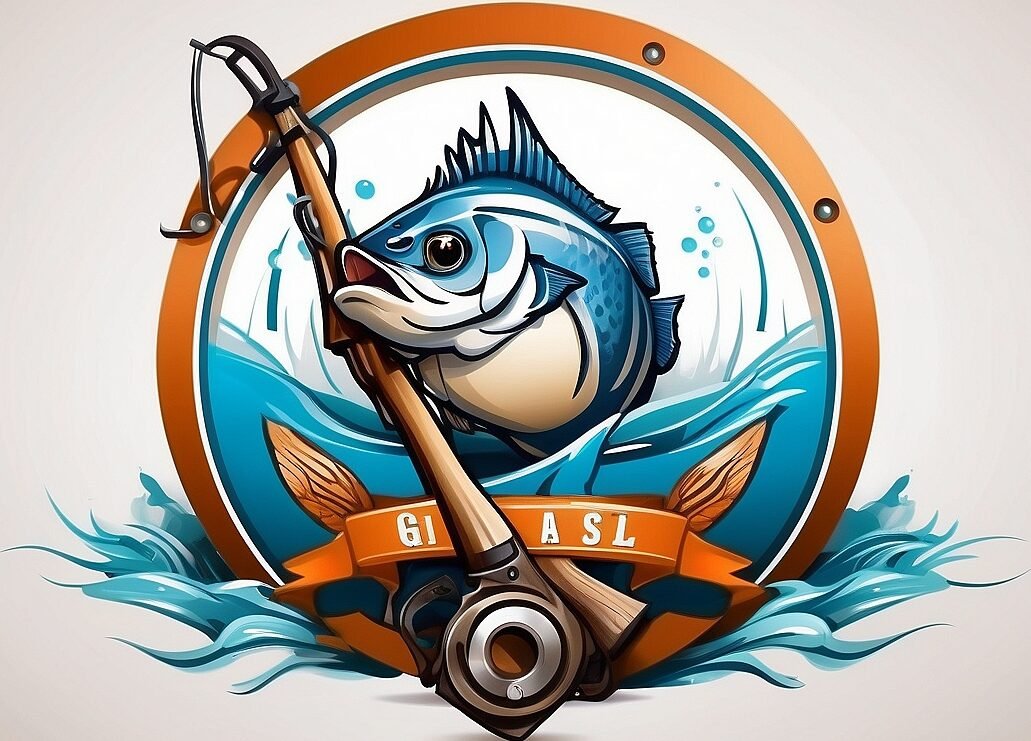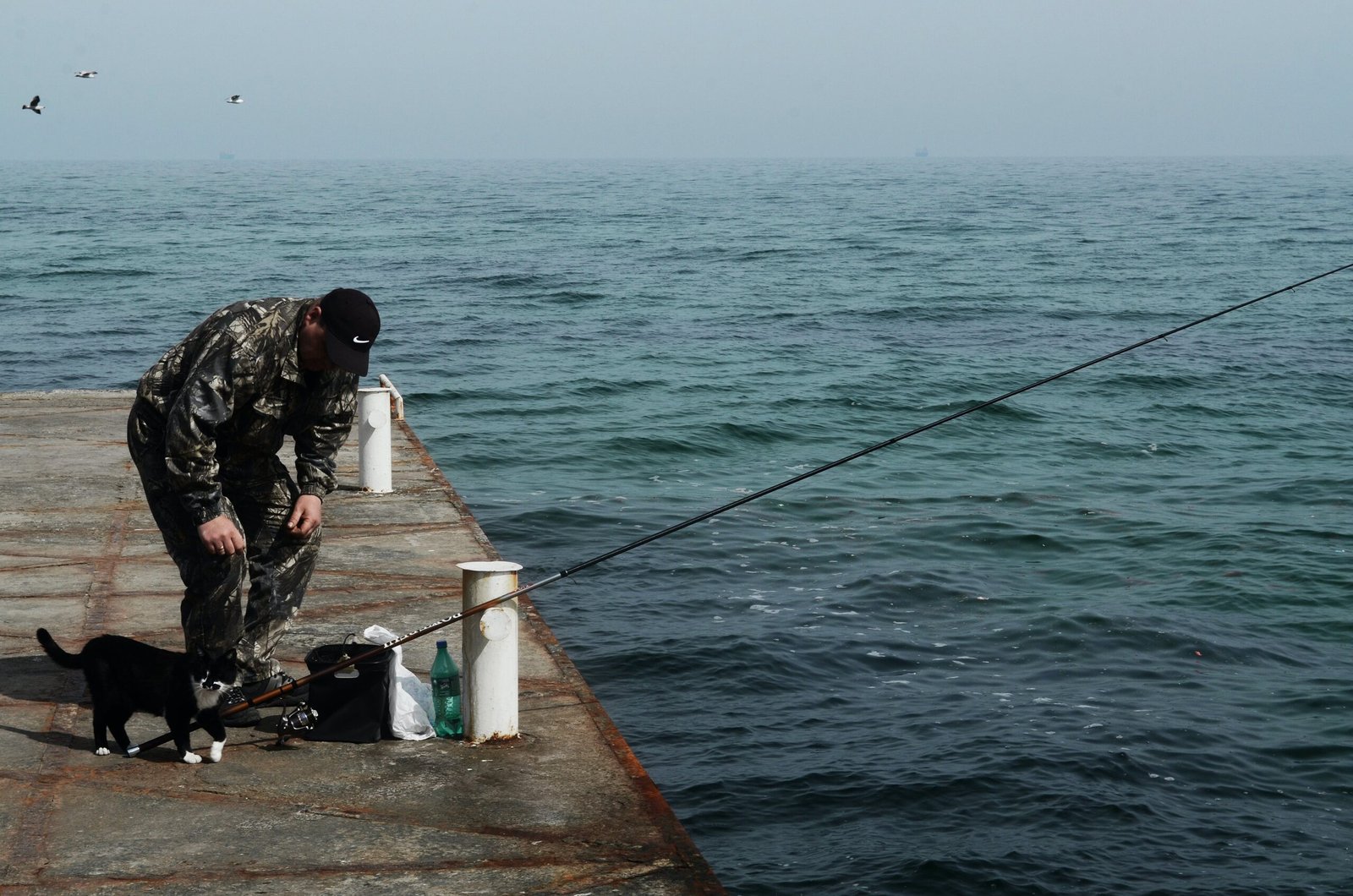Introduction
Welcome to the world of fly fishing, an immersive and rewarding sport that connects you with nature and challenges your angling skills. At the heart of successful fly fishing lies the art of selecting the perfect flies to entice the elusive fish lurking beneath the water’s surface.
In this comprehensive guide, we embark on a journey to unravel the secrets of flies for fishing, empowering you with the knowledge to choose the right flies for various fish species and water conditions. We will delve into the different types of flies, their unique characteristics, and how to match them to your target fish.
As we explore the fascinating world of fly fishing, you’ll discover the intricacies of dry flies, nymphs, and streamers. We will uncover the secrets of fly selection based on water conditions, such as depth, flow rate, and clarity. Moreover, we will provide invaluable tips and techniques to help you maximize your success on the water.
Whether you’re a seasoned angler or just starting your fly fishing adventure, this guide will equip you with the essential knowledge and skills to enhance your fishing prowess. So, grab your rod, prepare your flies, and let’s embark on an unforgettable fly fishing journey together!
Types of Fishing Flies
In the realm of fly fishing, the selection of the right fly is paramount to your success. With a myriad of flies available, each designed for specific purposes and conditions, it’s essential to have a comprehensive understanding of their types and characteristics.
Dry Flies
Dry flies imitate insects that rest on the water’s surface, providing a tempting target for fish feeding near the top. These flies are typically made of deer hair, elk hair, or synthetic materials that help them float. Popular dry flies include the Adams, Elk Hair Caddis, and Royal Wulff.
Nymphs
Nymphs represent the immature stages of aquatic insects, such as mayflies, stoneflies, and caddisflies. They are designed to sink below the surface and drift along the bottom, mimicking the natural food source for fish. Nymphs are often weighted with lead or tungsten beads to achieve the desired depth. Some common nymph patterns include the Pheasant Tail Nymph, Hare’s Ear Nymph, and Prince Nymph.
Streamers
Streamers are larger flies that resemble baitfish or other small aquatic creatures. They are typically fished with a faster retrieve, imitating the movement of fleeing prey. Streamers are often used in deeper waters or when targeting larger fish species. Popular streamer patterns include the Woolly Bugger, Clouser Minnow, and Zonker.
Other Fly Types
In addition to the main categories mentioned above, there are also specialty flies designed for specific situations or target species. These include:
- Terrestrials: Imitate land-based insects, such as ants, beetles, and grasshoppers.
- Poppers: Surface flies that create a popping sound when retrieved, attracting fish from a distance.
- Emergers: Represent the transition stage of aquatic insects from nymph to adult.
- Attractor Flies: Brightly colored flies designed to attract fish from a distance, regardless of their natural food source.
Understanding the different types of fishing flies and their intended uses will empower you to make informed choices and increase your chances of success on the water.
Matching Flies to Fish Species
When it comes to fly fishing, choosing the right fly for the fish species you’re targeting is crucial. Different fish have varying feeding habits, preferences, and behaviors, and selecting a fly that closely resembles their natural food source will significantly increase your chances of success.
Trout
Trout are opportunistic feeders and will take a wide variety of flies, including dry flies, nymphs, and streamers. Some popular fly patterns for trout include the Adams, Elk Hair Caddis, Pheasant Tail Nymph, and Woolly Bugger.
Bass
Bass are aggressive predators that are attracted to flies that imitate baitfish or other small creatures. Streamers and poppers are commonly used for bass fishing, with popular patterns including the Clouser Minnow, Zonker, and Dahlberg Diver.
Salmon
Salmon are powerful fish that feed on a variety of aquatic insects and small fish. Dry flies, nymphs, and streamers can all be effective for salmon fishing, depending on the water conditions and the specific species of salmon you’re targeting.
Steelhead
Steelhead are sea-run rainbow trout that return to freshwater to spawn. They are known for their aggressive feeding behavior and will readily take a variety of flies, including streamers, nymphs, and dry flies.
Other Fish Species
In addition to the species mentioned above, there are numerous other fish species that can be targeted with flies, including panfish, carp, pike, and muskie. Researching the specific feeding habits of your target species will help you choose the most effective flies.
Matching flies to fish species requires a combination of knowledge, experience, and observation. By understanding the feeding preferences and behaviors of different fish, you can increase your chances of success on the water.
Fly Selection for Different Water Conditions
In addition to matching flies to fish species, it’s also important to consider the water conditions when selecting your flies. Different water conditions, such as depth, flow rate, and clarity, can affect the behavior of fish and the effectiveness of certain flies.
Depth
The depth of the water will determine how deep your fly needs to sink. For shallow water, dry flies and nymphs that float or drift just below the surface are typically more effective. For deeper water, weighted nymphs and streamers that can sink to the desired depth are necessary.
Flow Rate
The flow rate of the water can affect the speed at which your fly drifts. In fast-flowing water, heavier flies or flies with a larger profile are necessary to maintain a natural drift. In slower-flowing water, lighter flies or flies with a smaller profile can be more effective.
Clarity
The clarity of the water can affect the visibility of your fly. In clear water, fish can be more selective and may be spooked by flies that are too large or brightly colored. In murky water, flies with a larger profile or brighter colors can be more effective.
Other Factors
In addition to depth, flow rate, and clarity, other factors such as the time of day, weather conditions, and presence of aquatic vegetation can also influence fly selection. Matching your flies to the specific water conditions you’re fishing will increase your chances of success.
Understanding how water conditions affect fly selection is an essential skill for any fly fisher. By considering the depth, flow rate, clarity, and other factors, you can choose the most effective flies for your target species and increase your chances of success on the water.
Tips for Effective Fly Fishing
Beyond choosing the right flies and matching them to the water conditions, there are several additional tips and techniques that can help you become a more effective fly fisher.
Learn to Cast Accurately
Accurate casting is essential for delivering your fly to the desired spot. Practice your casting technique to improve your accuracy and distance. Focus on making smooth, controlled casts that minimize false casting and ensure a natural presentation of your fly.
Use the Right Leader and Tippet
The leader and tippet connect your fly line to your fly and play a crucial role in the presentation and effectiveness of your fly. Choose the right leader and tippet based on the water conditions, target species, and fly you’re using.
Fish the Right Depth
Matching the depth of your fly to the feeding zone of your target species is critical. Use different techniques, such as varying the length of your leader or using weighted flies, to achieve the desired depth.
Retrieve Your Fly Effectively
The way you retrieve your fly can have a significant impact on its effectiveness. Experiment with different retrieval techniques, such as dead drifting, mending your line, and using strip retrieves, to determine what works best for the specific situation.
Stay Stealthy
Fish are easily spooked, so it’s important to stay stealthy when fly fishing. Avoid making noise or sudden movements, and approach the water cautiously. Use natural cover, such as trees or rocks, to your advantage.
These tips can enhance your fly fishing skills and increase your chances of success on the water. Remember, practice, patience, and a willingness to learn are key to becoming an effective fly fisher.
Conclusion
In this comprehensive guide, we have explored the essential aspects of flies for fishing, empowering you with the knowledge and skills to make informed choices and enhance your success on the water. From understanding the different types of flies and matching them to fish species to considering water conditions and employing effective fly fishing techniques, this guide has provided a solid foundation for your fly fishing journey.
Remember, fly fishing is a rewarding and immersive sport that combines skill, strategy, and a deep appreciation for the natural world. By embracing the principles outlined in this guide and continuing to hone your craft, you will unlock the secrets of successful fly fishing and create lasting memories on the water.
As you venture forth on your fly fishing adventures, never cease to explore new techniques, experiment with different flies, and learn from experienced anglers. Embrace the challenges and embrace the rewards that this captivating sport has to offer.
So, gather your gear, prepare your flies, and embark on an unforgettable fly fishing journey filled with countless moments of excitement, tranquility, and connection with nature.

